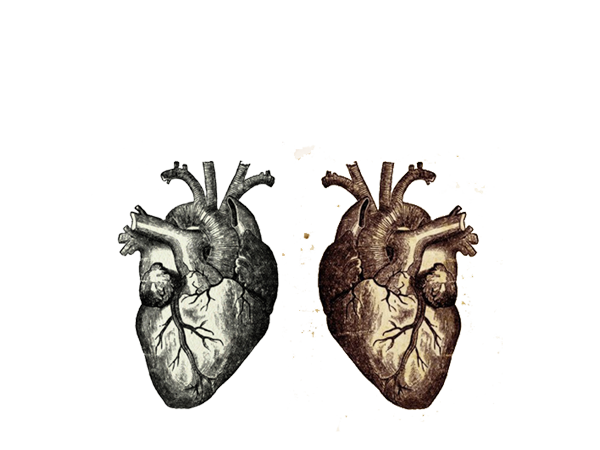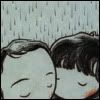ou uma viagem ao mundo de Louise Bourgeois
a escultora afirma algo próximo disto: "uma vez que a dor se instala em nós, não mais é possível libertarmo-nos dela." mas podemos encontrar veículos de formalização da dor, de modo a ensaiar uma convivência pacífica com a certeza de que nos habita inexpugnavelmente. o artista, deste pontod e vista, dá forma aos seus demónios, arranca-os ao conforto interior da carne e expõe-nos ao mundo, e ao frio. os demónios sentem-se envergonhados da sua nudez. dizem mais e menos ao mesmo tempo. silenciam-se. perdem o seu domínio ao adquirirem um rosto reconhecível. a obra de arte nasce então certamente como fruto um processo doloroso - como um parto.



«The subject of pain is the business I'm in. To give meaning and shape to frustration and suffering.»
* * *
«Art is a sacrifice of life itself. The artist sacrifices life to art not because he wants to but because he can not do anything else.»
* * *
«Self expression is sacred and fatal. It's a necessity. Sublimation is a gift, a stroke of luck. One has nothing to do with the other.»
* * *
«(...) a drama of the self... It is about the fear of goinf overboard and hurting others. (...) [it's] a descent into depression. But I believe in ressurrection in the morning. This is a withdrawl, but it is temporary. You lose your self-esteem, but you pull yourself up again. This is about survival... about the will to survive. (...) It was a real exorcism just to get all the prints out.»
Louise Bourgeois
in:
He disappeared in to complete silence
Destruction of the father, reconstruction of the father



art is the guarantee of sanity
pain is the ransom of formalism



"Cell (Glass Spheres and Hands)" is one of several freestanding sculptural installations by Louise Bourgeois. The title "Cell" can refer to the most basic building block of a living organism or a prison. Bourgeois' Cells combine aspects of both definitions, pairing the organic with the correctional. Matching used perfume bottles, vanity mirrors, model homes, and excised limbs with steel fencing, broken furniture, a guillotine, and a mechanical saw, each composition employs domestic and institutional elements to tell a story. In "Cell (Glass Spheres and Hands)," two fragmented marble arms rest on a fabric covered table. With hands clasped in a gesture of prayer, the isolated arms appear to be soft and vulnerable in spite of their rock-hard substance. Encircling the table are five glass spheres of different sizes, each resting on its own worn chair. Each enclosed sphere is like a bubble, self-contained but fragile in its existence. The chairs and spheres face the table in a united front, cornering and further isolating the hands. The work plays with relationships such as teacher/student and parent/child. In an arrangement that is reminiscent of a family gathering or classroom situation, "Cell (Glass Spheres and Hands)" invests inanimate objects with human qualities by enacting a drama in space.
Allusive and open to interpretation, Bourgeois' "Cells" are places for uneasy contemplation. The steel and glass walls enclosing each work protect the objects inside, but also restrict them from ever escaping. Like a prison, the caged walls enforce a rigid form of solitude while offering only partial views of the outside world. In "Cell (Glass Spheres and Hands)," glass panels obscure the objects within, forcing viewers to peer through a grid of spaces where a window has been knocked out or shattered. A tension is established between the desire to look into the freestanding room and the real possibility of hurting oneself on a glass shard while doing so. By placing one's body in danger in order to look at the work, a visceral connection is made between the body of the viewer and the fragile, organic quality of the objects within. As carnal as it is symbolic, Bourgeois explains that "the 'Cells' represent different types of pain: the physical, the emotional and the psychological, and the mental and intellectual. When does the emotional become the physical? When does the physical become the emotional? It's a circle going round and round. Pain can begin at any point and turn in either direction."
Etiquetas: (des)considerações sobre arte, Louise Bourgeois
posted by saturnine | 16:17 |
---------------------------------------------------------------------------------------------------------------


0 Comentários:
Enviar um comentário
Subscrever Enviar feedback [Atom]
<< Página inicial